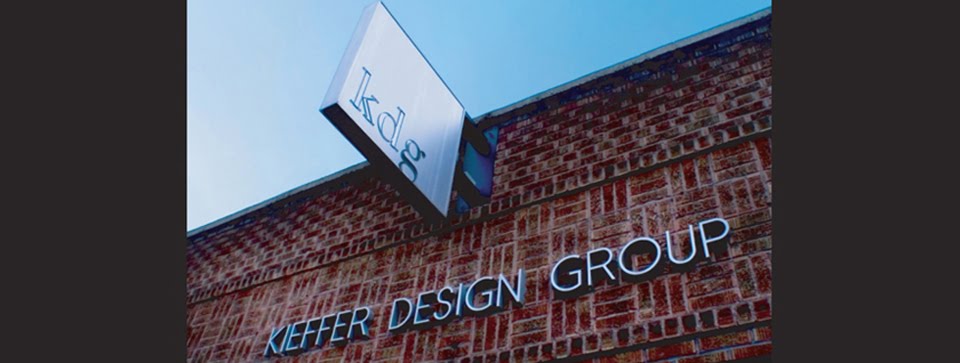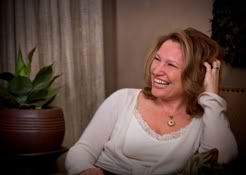O ecoTextiles 


Luxurious textiles company headquartered in Seattle, WA but manufactured in various countries around the world. A driving force in the textiles industry for utilizing ethical and sustainable methods or sourcing and production. Collection includes fibers, such as, bamboo, hemp, ramie, linen, silk, hemp, and abaca. Featured on InteriorDesign.com:
“O Ecotextiles, a new company fiercely committed to producing fabrics that are indulgent yet responsible, opulent yet organic, sensuous yet sustainable. Yes, those are its taglines, but there’s a lot of legitimacy behind the clever phrasing.
O Ecotextile’s founders Patty Grossman and Leigh Ann Van Dusen have extensively studied textiles and their production. Many of their conclusions are collected in an essay, “Make Your Textile Choices Greener for Your Company, Home and Store,” published on the Sustainable Furniture Council’s website.
The paper is a model for how to evaluate the greenness of all sorts of products. It includes definitions, ecological concerns and impacts on human health while examining the entire life cycle of fabrics. Water, for example, is used in every stage of textile production and its impact can be profound. One of the best quotes in the essay: “There is not a ‘no peeing’ part of the swimming pool. We’re all downstream.”
The authors also present the case against our most two commonly used fabrics: conventionally grown cotton and petroleum based synthetics. Not all are bad choices but it’s useful to know what to look for – antimony-free recycled polyester – and what to avoid and why.
There’s an emphasis on certifications, including a handy table listing all that are applicable to textiles. Some are familiar such as Cradle-to-Cradle and Greenguard, while others are less well known. GOTS (The Global Organic Textile Standard), for example, is an emerging effort to clarify the confusion caused by various existing standards.
Holistic thinking – taking into account the economic, environmental and health effects of products – is a process that should apply to all your product selections. Ms. Grossman and Van Dusen have shown us how.”
They’re company blog is also very insightful to understanding the textile industry and the processes that their company strives to avoid—we highly encourage taking a look! We also learned that they have a fabulous price point for such luxurious natural fibers. Ranging from $19-$80 per yard between the various collections. They understand the need to create affordable options and are working on launching a collection called Two Sisters that will range between $19 and $34 per yard.
International Art Properties


Based out of San Francisco and Oakland, CA. IAP's blog just featured a prototype for a retrofit part to add on to IAP planters for a self watering system. We currently have International Art Properties planters at our front entry, and I think we all are looking forward to not having to drag a house up to the front as often…
“We have been working on a new self watering container design. This option will be available in 2011 as an add on to any of our existing designs. This design is a very simple and proven method for self watering, there are no moving components or wick systems that can clog. The green grating that you see is suspended about 3 to 4 inches from the base of the container. The supporting structure is glassed in the wall of the planter to provide a strong and dependable support. The grating is a heavy duty fiberglass industrial quality that far exceeds any load that may be put on it.
The idea is that you first place a screening material over the grating, second fill with soil and plant material. After planting fill the reservoir at the bottom via. the fill tube (white tubing, will be black in the future), moisten soil. The water in the reservoir will evaporate over time and keep the soil moist. If the container is placed outdoors and it either rains or you over fill the excess water will drain via. the overflow.
The prototype you see in the image has been planted and is undergoing testing, so be sure to check back next month for availability.”
RUBBiSH by Minarc



Created by the architecture and design group, Minarc, based out of Santa Monica, CA. A sink, being developed for commercial distribution, that utilizes less than one pound of recycled rubber from old tires. A great idea that will reduce landfill waste, as well as, reduce transportation loads. Can’t wait to see what the final products will look like when reach the distribution market!
Given an R + D Award by Architect Magazine: "The rubber from the tires is melted down and cleansed of debris, and the tiny inherent metal fibers that give a tire its road resistance are then formed into a sheet. This sheet is stretched over a base frame—made of wood, metal, or any other material out of which bathroom furniture can be fashioned—and anchored down by the drain collar. This creates a shallow-sloped surface for water to be siphoned away, but not a clunky profile; in fact, the material used is so minimal that, the manufacturer claims, the sinks use less than one pound of rubber. Two options are available, the most basic being the 1/8-inch-thick sheet of rubber adhered directly to the cabinet underneath. The other is a framed option, in which the sheet of rubber is sandwiched between two sheets of aluminum around the edges. The firm is in the process of developing two standard sizes for commercial distribution: a single sink at 36 inches wide and a double basin measuring 5 feet across."
Arte by Koroseal



Contract and high end residential wallcovering company based out of Zonhoven, Belgium that began in 1981. Creation and production both occur at Arte’s factory that follows Europe’s strictest environmental standards. All of Arte’s products are permanently in stock to ensure quick delivery. Arte uses a variety of materials: paper, woven paper, metallics, non-woven, vinyl, silk, textile, linen, fil-a-fil, chenille, sisal, abaca, bamboo, suede, velour, wood, tree bark, leather, sand grains, etc. A lot of time and effort is put into new collections—sometimes taking up to a year in development.
Fireclay Tile and Sandhill Glass Industries



We just got our February 2011 update from Fireclay tile and learned some interesting news. If you’re familiar with Sandhill Glass Industries you may not yet know they have a new headquarters. With KDG being in Boise, we loved that Sandhill, a recycled glass tile company, was headquartered in our city due to the area being limited on local manufacturers. While it’s great for Sandhill’s growth, we sadly share the news that they have left their Boise headquarters and partnered with another great company—Fireclay Tile. Based in San Jose, California, Fireclay has added Sandhill’s recycled glass tile to their growing product line. The tile will essentially be the same—the formulation has just been tweaked to account for a different material source with new colors and sizes. And like most Fireclay products, the raw material is being sourced locally—this glass only being 20 miles away! Fireclay has just been featured in Sunset magazine for their porcelain recycling efforts and in Architect magazine for their series called Claymonde. They were also featured in NPR’s The Picture Show at the end of 2010. We’ve had experience seeing these products installed and can attest to their quality and beauty. We’re happy to see these great products gaining momentum and attention. Fireclay has a lot of product options but we suggest you check out their Debris series tile line which is handcrafted with over 60% recycled materials and coated with their own lead free glaze which start at $24 per square foot, and the recycled glass tile line which starts at $20 per square foot.





















